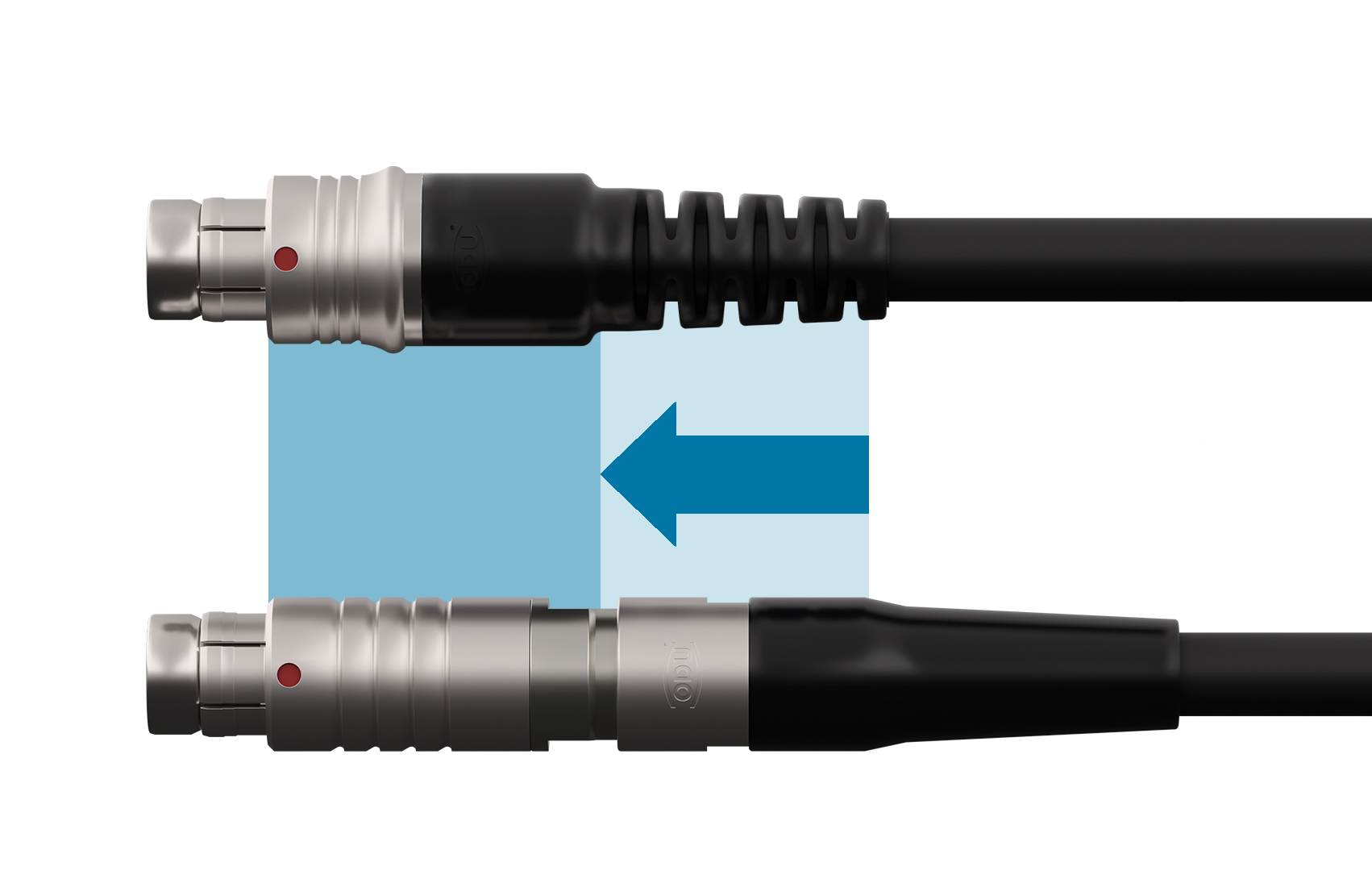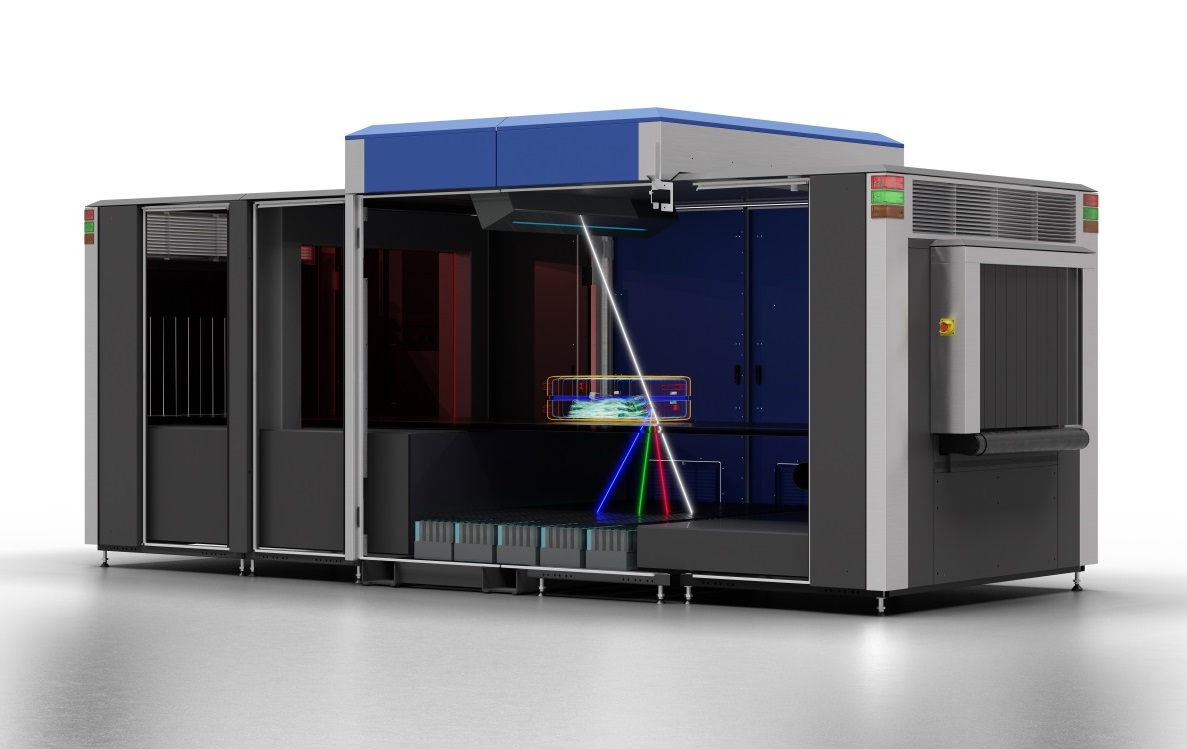G4S protecting Thames super-sewer project

Courtesy Thames Tideway
The Thames Tideway Tunnel is a £4.2 billion super-sewer construction project, designed to stop London’s iconic River Thames from being polluted by millions of tonnes of raw sewage every year, leaving it at its cleanest in a century.
Tideway, the company formed to build, operate and maintain the new tunnel, is upgrading London's sewerage system to cope with the demands of the city now and for the next 150 years.
The Mayor of London’s Plan predicts that the city’s population will grow by a quarter over the next 20 years. The capital will need 62,000 more homes every year and it is critical that London has a sewage network that can accommodate this growth.
A cleaner Thames and a more attractive riverside will help underpin London’s economic prosperity, attracting more tourists, and boosting the use of river transport. It is also expected to help revitalise small local businesses and the commercial fishing industry, by encouraging healthy marine life.
One of the project’s key legacy objectives is to help rejuvenate London’s river economy, commercially and recreationally. River transport will be used on an unprecedented scale in modern times to transport 90 per cent – 4.2 million tonnes – of the excavated tunnel material.
Sir Joseph Bazalgette
The interceptor sewers that currently exist in London were designed by Sir Joseph Bazalgette in the 1850s, the capital’s Chief Engineer during the reign of Queen Victoria. His plans got the political backing they needed after the ‘Great Stink’ of 1858, when politicians were driven from the Palace of Westminster by the overwhelming smell coming from the heavily polluted Thames.
The sewage system Bazalgette designed was possibly the single greatest contribution to improving the health of Victorian Londoners, virtually eradicating cholera, which killed thousands of people in the city every year. Most of the revolutionary system he conceived remains in use today.
Since the Victorian era, the population of London has increased four-fold and it is testament to Bazalgette’s forethought and planning that his ingenious system has lasted this long.
In times of severe storms, his system was designed to overflow through discharge points on to the banks and into the River Thames, rather than flooding streets and homes. When first in operation, this happened once or twice a year. It now happens once a week, pouring tens of millions of tonnes of raw sewage into the Thames annually.
The Thames Tideway Tunnel, the biggest infrastructure project ever undertaken by the UK water industry, will help capture overflowing sewage that would have previously entered the river.
Starting in Acton, West London, the main tunnel largely follows the route of the River Thames to Limehouse, where it splits, north east to Abbey Mills Pumping Station near Stratford, East London and south to Greenwich. At Abbey Mills the Tideway Tunnel will be connected to the recently constructed Lee Tunnel, which will transfer the sewage to Beckton Sewage Treatment Works.
Tideway’s construction is split into three Zones; West, Central and East.
G4S won the contract to provide the entire tactical, technical and physical security and technology services for the three consortia building the tunnel. G4S is securing the project as a fully integrated partner and part of the decision making team for security across all 21 construction worksites.
The three consortia are; BMB (Balfour Beatty, BAM Nuttall and Morgan Sindall} which has the contract for the shorter western tunnel drive, FLO (Laing O’Rourke and Ferrovial Agroman) which has the largest Central section drive and CVB (Costain, Vinci and Bachy joint venture) won the eastern section. All three have slightly different mobilisation and construction timescales.
Once fully operational, construction will span 21 large, complex worksites across 15.5 miles (25km) from the storm tanks in Acton to Abbey Mills pumping station. The preliminary construction works are currently underway at the four key drive sites with work started at a further nine sites across London.
During the mobilisation phase, when power was not available, G4S deployed an innovative stand-alone, mobile camera surveillance tower. These towers are self-sufficient and powered by hydrogen. The data and footage collected is transmitted using a 4G network to the central control room. The systems are effective, high quality and quick to install.
G4S Tideway Project Account Director, Tarquin Halse, said: “The tactical and operational planning that has gone into providing the security at each of the sites and as part of the whole project is immense. We are working closely with all of our partners to ensure that ramp up is smooth and that our around-the-clock security is thorough and highly-responsive, all of which is monitored from our central London command centre.”

Courtesy Thames Tideway
Integrated security
Kirtling Steet is the largest site in the Central region. At this ‘drive site’, tunnel boring machines, known as moles, will burrow through prepared concrete and into a specially built entry shaft, to dig and construct the tunnel. One machine will head westward towards Fulham and another will excavate eastward towards Southwark.
Each site entrance on the project is assembled in a specially adapted, reclaimed cargo container. The G4S team chose to use these solid steel structures for their size and strength. Within each, G4S built a bespoke entrance system, including turnstiles, offices and incorporating G4S access control software, Symmetry. Every person who works at the site must present an access card and a handprint simultaneously, to be scanned and identified with Symmetry biometric software, prior to access.
Symmetry products, which provide powerful, easily integrated access control, include intruder detection and visitor management. Symmetry is installed in all branches of the US Department of Defense (DoD), along with numerous DoD entities across North America. Symmetry is used at all US Marine Corps bases in the US, UK, Germany, South Korea, Afghanistan and Japan. It is also installed at nearly 60 US Army bases, eight US Navy bases and numerous Air Force bases across the US.
At the Kirtling Street site entrance an intelligent camera system called Avigilon surveys the surrounds day and night, learning from its environment. G4S has installed Avigilon cameras and motion sensors at every Tideway construction site as part of the security and monitoring framework. The is part of an integrated surveillance system which also includes automated number plate recognition, intruder detection and infrared, to enable visibility in bad weather, fog and darkness without using white light.
This integrated security network sends data and information to G4S’s command centre, where it is collected and assessed using data analytics software in real-time. A proactive approach mitigates the likelihood of incidents or safety issues and the data is acted upon where necessary and a picture of information is collated to inform the potential action taken.
“Our command, control and communications centre is at the heart of the network of surveillance and security that we provide. When fully operational, all of the voice and video security data collected from across the sites will be checked and analysed and reacted on by our highly trained team of security officers and managers,” Halse said.
The high-definition cameras survey and analyse the entrance and perimeter activity constantly. The cameras interpret and learn what ‘normal’ behaviour looks like. If a person enters the site area it does not recognise, the system will flag this. Equally, it will recognise any unusual behaviour and has in-built thermal imaging capabilities.
Across the entire project, G4S will install Avigilon cameras integrated with Symmetry access technology at all pedestrian perimeter access points (PAP), turnstiles and internal site access points as well. At peak construction, G4S expects there to be many 100s of people passing through the different Symmetry access controlled zones within each of the large works sites on a daily basis.
Every Tideway construction site is organised into zones, each of which has its own level of security access clearance and construction workers must go through additional Symmetry security checks to gain access. The zone closest to the tunnel construction site has the highest level of restrictions, so that only those directly involved in the tunnel construction and the correct training and credentials, are able to enter that zone.
Tarquin Halse said: “It is really important that our security solution works in line with Tideway’s focus on health and safety across all the sites. The access security is key to knowing exactly who is on the site at all times, whether they are in the right zones and that they have the correct security clearance. This is supported by our highly trained, well managed and construction orientated security personnel on site.”
At its height, there will be more than 4,000 people working on the project and by 2020 there will be 400 G4S security officer roles on the project. Tideway envisages that it will be a good source of sustainable jobs for London for the entire project and beyond, providing a cleaner, healthier River Thames.














